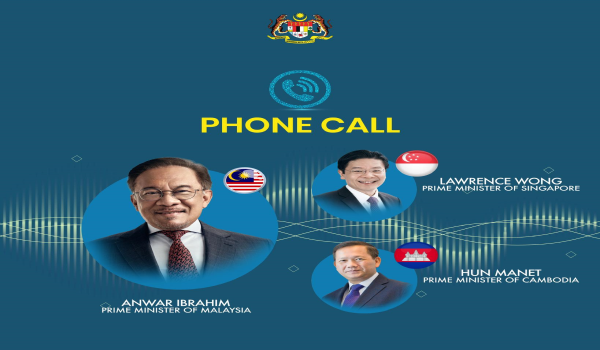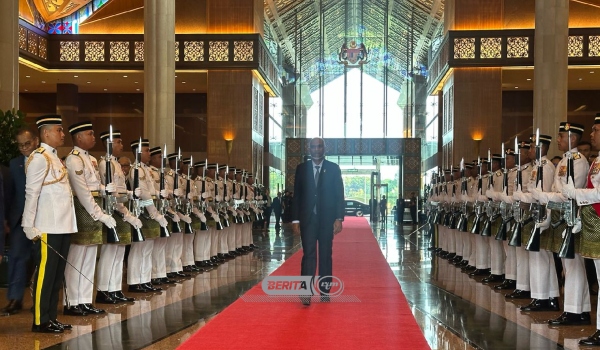OpenAI wants teachers to get comfortable with AI. The company has partnered with Common Sense Media to launch a free online course designed to help K-12 educators understand and integrate ChatGPT into their classrooms. The one-hour program covers the basics of AI, generative AI, and ChatGPT, alongside strategies for using the tech “safely and effectively” in teaching.
The course is already being used in schools across Arizona, California, and the charter system Challenger Schools. OpenAI says that 98 percent of educators who completed it found useful strategies they could implement in their work. “We’re in the early stages of AI adoption in K-12, and it will take all of us working together to ensure this technology enables teachers and improves learning outcomes for students,” said Leah Belsky, OpenAI’s general manager of education.
Supporters of the initiative say AI tools like ChatGPT could save teachers time, simplify lesson planning, and create more engaging learning experiences. Some educators are already using generative AI to develop assignment guides and supplementary materials. Robbie Torney, Common Sense Media’s senior director of AI programs, called the course a proactive step to support teachers during a time of significant change in education.
But not everyone is convinced.
Lance Warwick, a lecturer at the University of Illinois Urbana-Champaign, raised concerns about inconsistencies in the course, particularly around privacy. He pointed out that while one module warns against entering student data, another suggests using grades and feedback to inform ChatGPT prompts. “It feels contradictory,” Warwick said.
Others, like Sin à Tes Souhaits, an artist and educator at the University of Arizona, worry about the lack of transparency around how OpenAI might use data generated from its tools. “If educators are creating coursework on a platform that can repurpose and sell that data, it’s a huge issue,” he said. OpenAI’s terms of service say the company doesn’t sell user data and that users own the outputs they generate, but critics remain skeptical.
Barriers to AI Adoption in Schools
But AI in schools isn’t exactly taking off. A Pew Research Center survey found that a quarter of public K-12 teachers believe using AI tools in education does more harm than good. Meanwhile, a poll by the Rand Corporation and the Center on Reinventing Public Education revealed that just 18% of K-12 educators are currently using AI in their classrooms.
Studies offer more nuanced insights into AI’s classroom impact. Research from the University of Pennsylvania found that Turkish high school students using ChatGPT performed worse on math tests than their peers without it. In another study, German students using the tool excelled at finding research materials but struggled with synthesizing them into coherent arguments.
Furthermore, it’s not just teachers who are hesitant—school districts and policymakers have been slow to act. UNESCO has called for stricter regulations, but progress has been limited. The education sector has other priorities, too, like teacher shortages and chronic absenteeism, which can push AI to the back burner.
Still, OpenAI is betting big on education. The company has been ramping up its efforts, hiring former Coursera executive Leah Belsky as its education lead and launching ChatGPT Edu for universities. With the AI in education market projected to reach $88.2 billion in the next decade, there’s a lot on the table.
OpenAI’s course is a step in the right direction for getting educators acquainted with AI, but its impact depends on execution. Critics argue that focusing solely on ChatGPT without mentioning other AI tools creates a skewed view of the tech landscape. And while the course covers potential risks, it doesn’t dive deep enough into critical issues like ethical use and data privacy.
For educators who are on the fence, the course might be an introduction, but it’s far from a complete guide to navigating the rapidly evolving world of AI in classrooms. As one educator put it, “It’s a start—but it’s not the whole story.”












